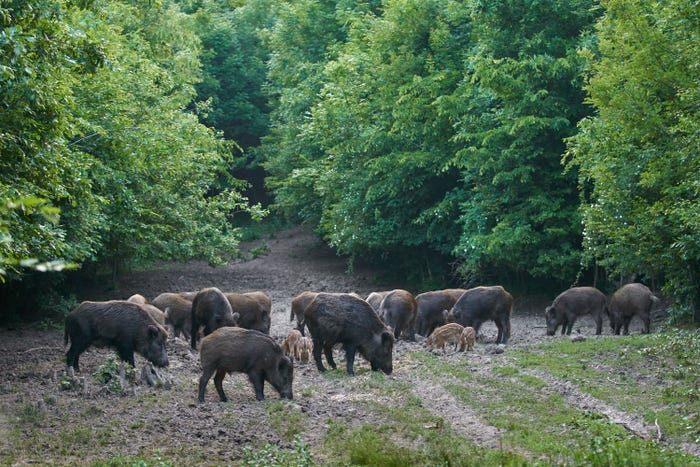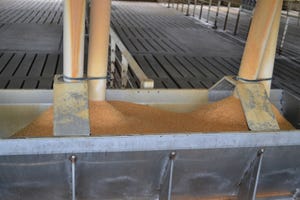Livestock Management
More Topics
thumbnail
Livestock Management
A step towards smart swine barnsA step towards smart swine barns
Evaluating the suitability of emerging technologies.
Subscribe to Our Newsletters
National Hog Farmer is the source for hog production, management and market news

























.jpg?width=300&auto=webp&quality=80&disable=upscale)






.jpg?width=300&auto=webp&quality=80&disable=upscale)





